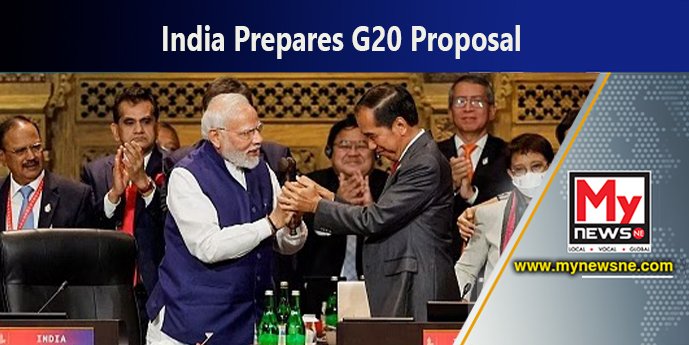India Prepares a G20 Proposal to Assist Debt-Ridden Countries
Guwahati: India, which is hosting the G20, is developing a plan to support members who are seriously impacted by the economic crisis following the pandemic and the conflict in Ukraine.
India has proposed that the G20 members, including China, the largest sovereign creditor in the world, take a significant haircut on loans.
The finance ministers and central bank directors from the group of 20 countries are getting ready to meet in Bengaluru next week, according to a story in the Economic Times citing two government officials who spoke to Reuters. The gathering will be the first significant occasion of India’s one-year G20 chairmanship.
The World Bank, India, China, Saudi Arabia, the United States, and other developed countries that are G7 democracies will hold a virtual meeting with them on Friday, the International Monetary Fund announced on Tuesday. These nations attempt to comprehend the shared norms, guiding ideas, and terminology for debt restructuring for distressed countries during the meeting.
One of the officials said, “India is designing a proposal to try to persuade countries like China to take a big haircut in lending to nations in difficulty.”
China’s Ministry of foreign affairs said, “China takes the debt issue of developing countries seriously and supports relevant financial institutions to put forward solutions.”
“It is our consistent stance that multilateral financial institutions and commercial creditors, which hold the bulk of the debt of developing countries, should participate in the debt relief efforts,” he added.
This year, India is hosting the G20 conference. The European Union and 18 other countries make up the G20, sometimes known as the Group of Twenty, an intergovernmental organisation. The name of this nation-group is G20. The G20 intends to address more significant issues with the world economy. Okay, the G20 Nation covered about 66 percent of the global population, nearly 75 percent of the world’s trade, and a huge percentage of the GDP of almost 85 percent.

